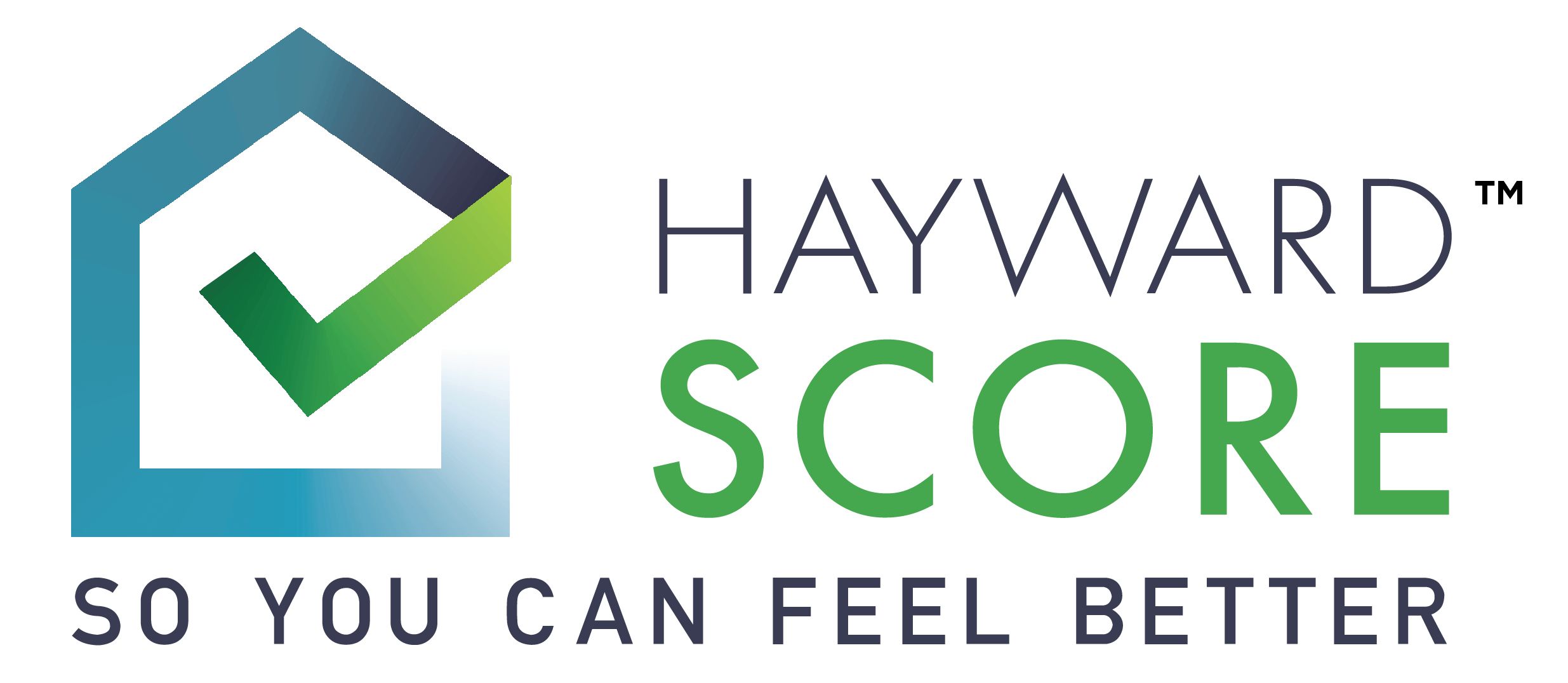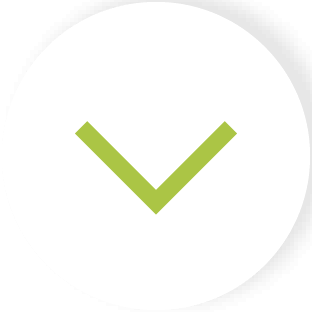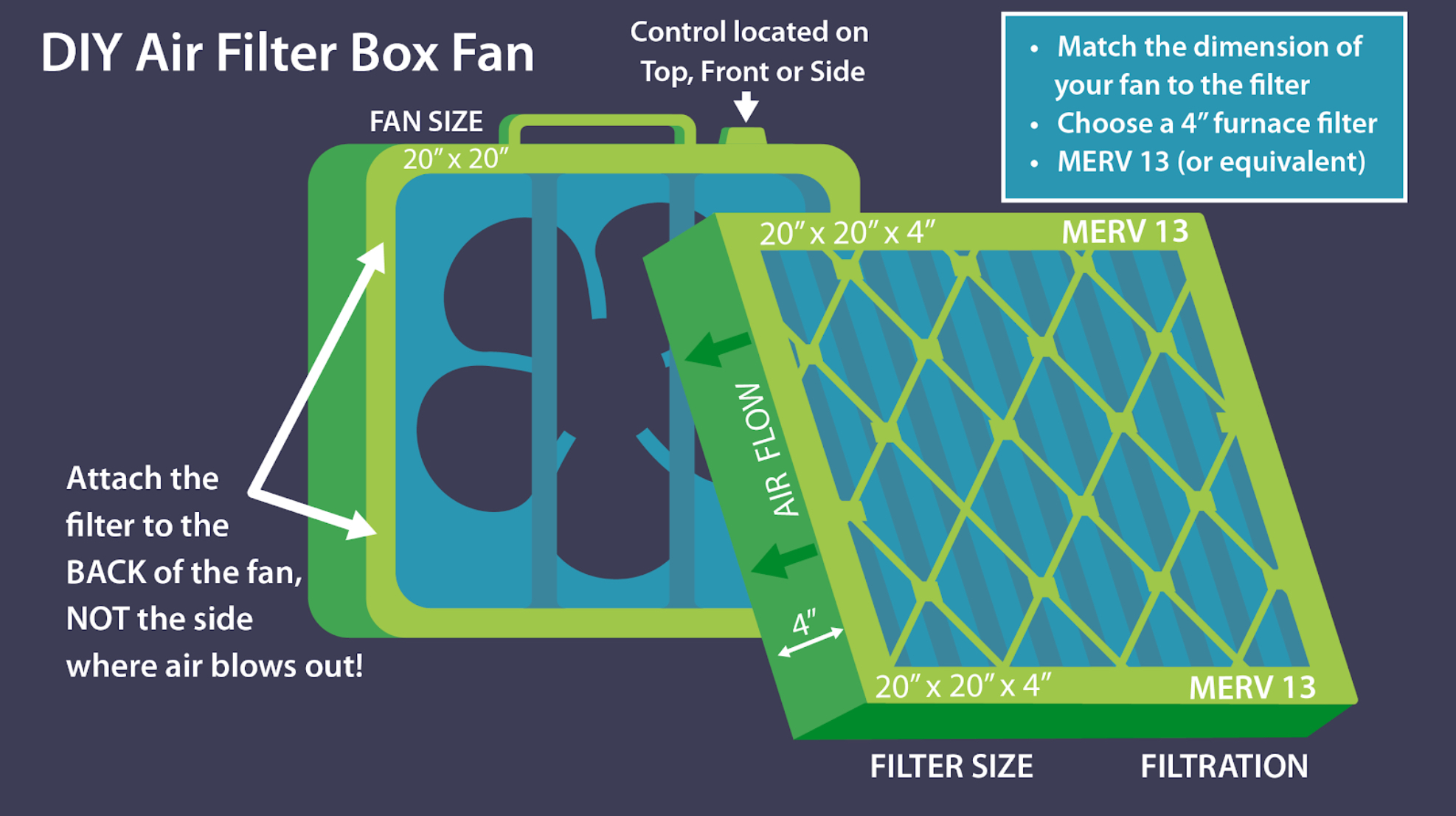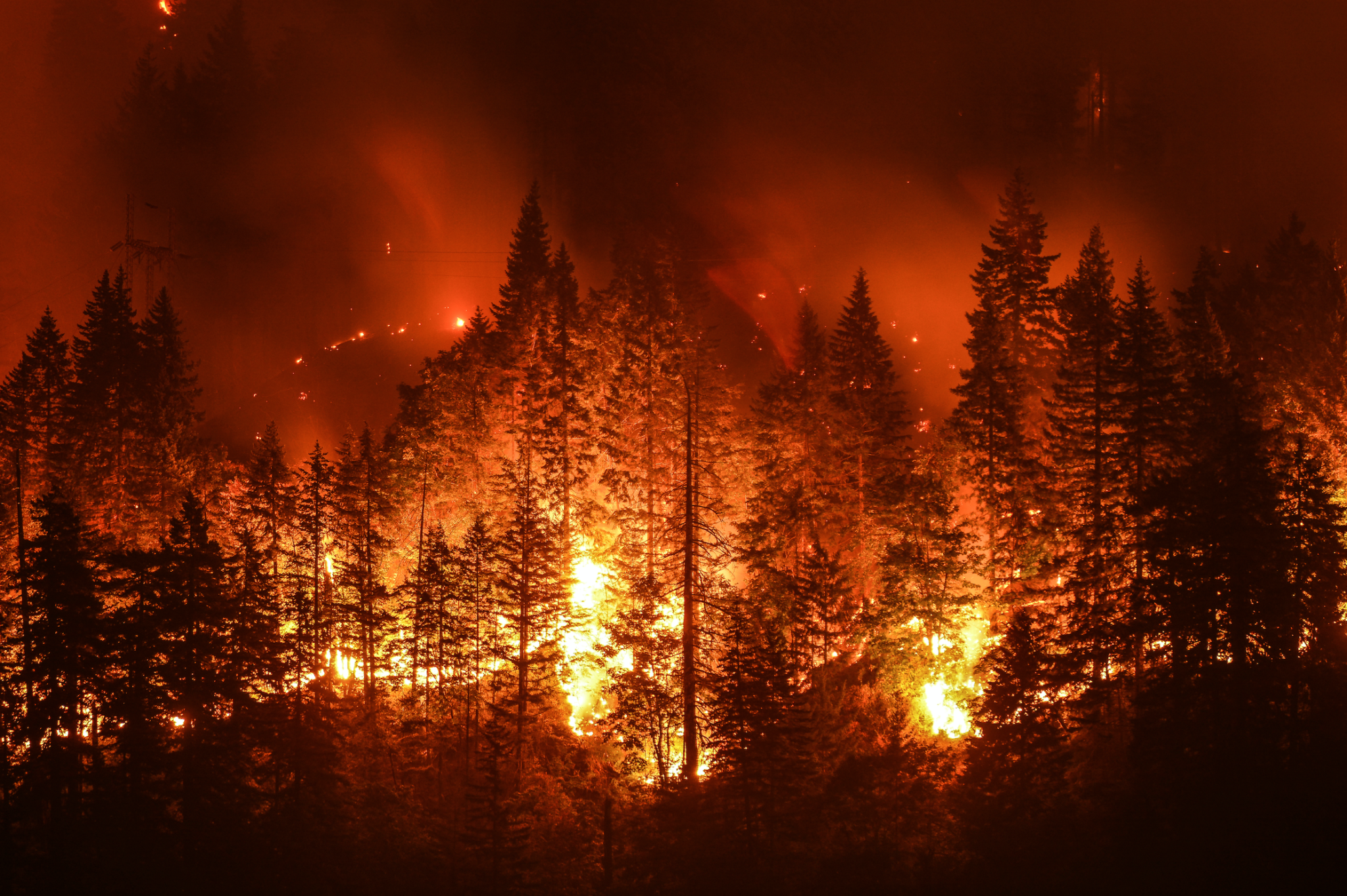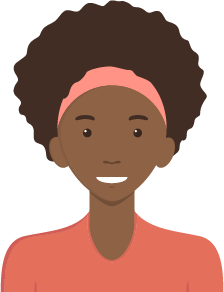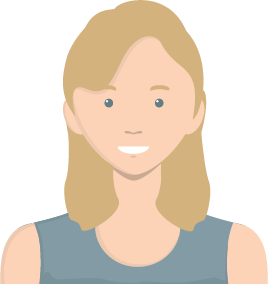In many parts of the United States, especially California, wildfires pose a significant threat. What was once a four-month fire season now lasts six to eight months beginning in June and stretching through the winter months.
The smoky and ashy conditions during wildfires, and the windy conditions after wildfires, pose health risks for everyone, especially for children, older adults, and people with heart or lung diseases. While the impact from wildfires is most acute close to the source, wildfire smoke (and its health effects) can travel 1000s of miles, so don’t take your air quality for granted no matter where you live. While you will not be able to control what is going on outside, there are things you can do to keep your indoor air as clean as possible.
We want to make sure you and your family stay healthy indoors and outdoors.
Before wildfire season starts, get prepared:
- Invest in a mechanical air cleaner with a fibre or fabric filter. You will need high-efficiency particulate air filters (HEPA 99.7%). Filters should be tightly sealed in their containers and cleaned or replaced regularly. Make sure to select the right size filter for the size of your room. Room air cleaners should filter two or three times the room volume per hour.
- Have particulate respirators on hand – buy masks labeled N-95 or higher. Stores often sell out once fires start, so it is a good idea to buy a box and store them somewhere dry and accessible. They should have two separate straps that go completely around your head and an adjustable nose piece. if you have existing lung or heart issues you may need a different type of mask, so check with your doctor. Remember – these masks are not intended for children. These respirators only protect against particles. They do not protect against chemicals, gases, or vapors, and are intended only for low hazard levels and not for long-term use
- Know where to get information. Air Quality Index considers levels of 101 and 150 particulate materials as unhealthy for people who have sensitive respiratory systems. Readings of 151 to 200 are considered unhealthy for all; 201 to 300 is “very unhealthy,” and levels of 301 to 500 are considered hazardous. Apps like Breezometer or other services can help you monitor outdoor air real-time.
For more information: http://www.ourair.org/sbc/about-smoke-and-health/ and https://www.cdc.gov/niosh/npptl/topics/respirators/factsheets/respfact.html
Hayward Score helps you discover how your home may be impacting your health in minutes – – for FREE!
Answer a quick set of questions then get a personalized list of action items. Transform your home and health today!
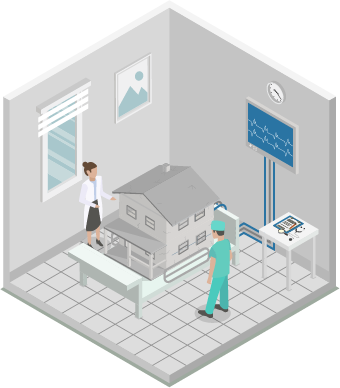
ARE YOU CONCERNED YOUR HOME IS MAKING YOU SICK?
Our guide on indoor quality will help you diagnose possible issues and implement intelligent solutions to improve the quality of the air inside your home.
